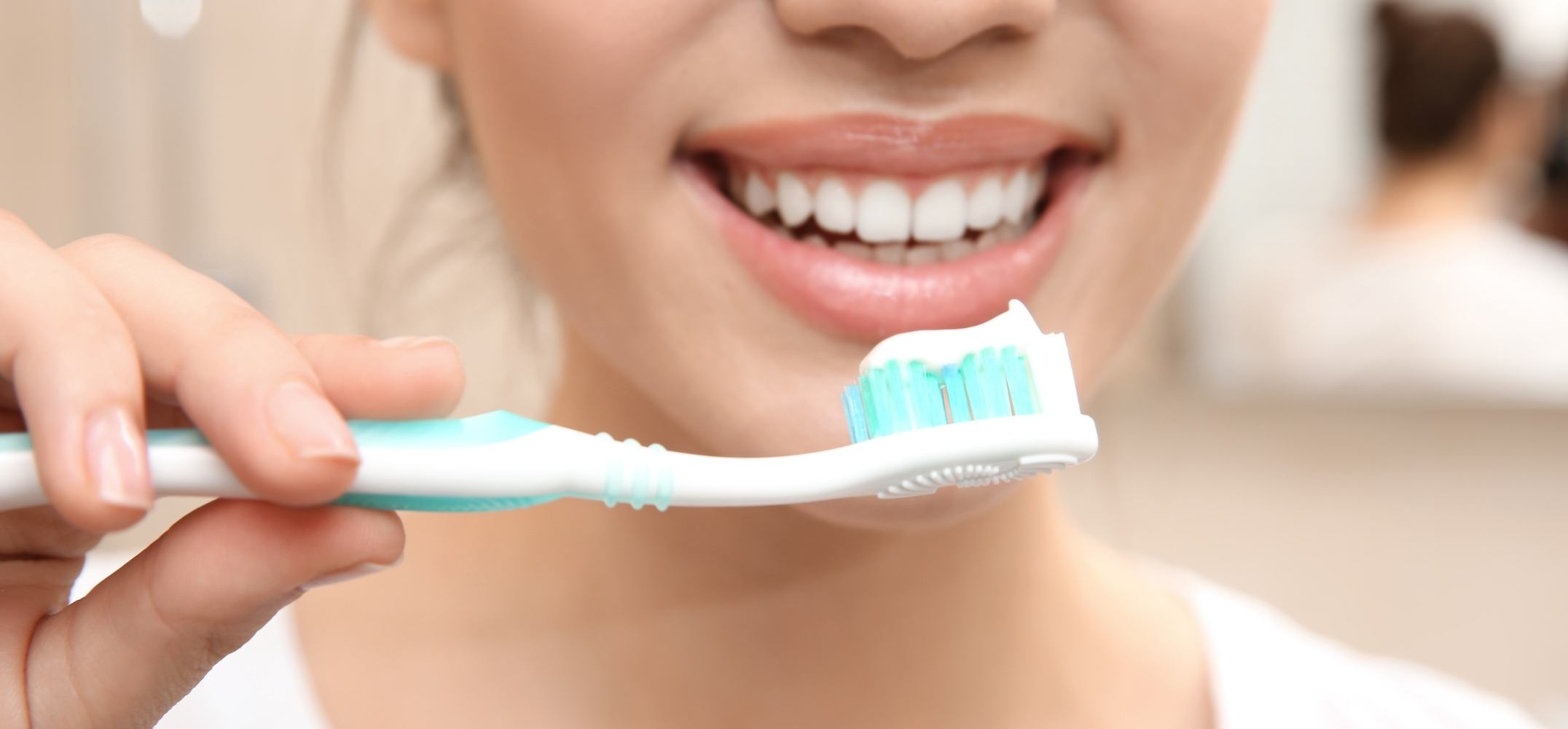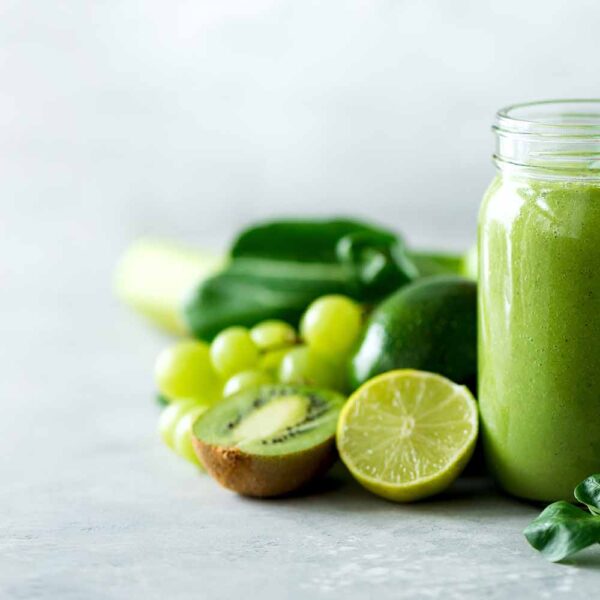Fluoride is a natural mineral that is found in our teeth and bones as well as in some food (such as seafood, black tea, grape juice/wine and some grains) water and trace amounts in soil, air and plants. For example, the foods containing trace amounts of fluoride range from 0,01 to 0,17mg (NHIS).
How much can you have?
The Adequate Intake (intake at this level is assumed to ensure nutritional adequacy) is 3mg for females and 4mg for males over 18. (For under 18s)
The Tolerable Upper Intake (maximum daily intake unlikely to cause adverse health effects) is 10mg for adults over 18.
Fluoride and water
In September 2000 water fluoridation became mandatory in South Africa. The South African National Standard (SANS 241:2015) for drinking water sets a limit of 1.5 mg/l for fluoride. It has been seen that when fluoride is added to a community’s water supply, tooth decay rate declines.
What are the effects of fluoride?
According to Position of the Academy of Nutrition and Dietetics
Fluoride research of more than 65 years has shown that fluoride is safe and effective at the levels used for water fluoridation (0.7 to 1.2 mg/L).
Fluoride in the mouth, has been shown to effectively:
prevent tooth decay (which is an incredibly huge concern for quality of life)
prevent cavities
prevents the growth of harmful oral bacteria
And this is why countries such as the USA (60%), and 30 other countries use fluoridation (for now anyway). According to South Africa Water Quality Guidelines, the effect of Fluoride on Aesthetics and Human Health:
1.5-3.5 mg/L: Early signs of dental mottling (white or brown spots).
4.0-6.0 mg/L: Risk of skeletal fluorosis (where your bones become brittle) with long-term use.
>100 mg/L: Acute poisoning (nausea, vomiting, diarrhoea)
>2000 mg/L: Lethal dose.
And seeing this, it might scare us, however, how much fluoride is in water? Across various municipalities, fluoride levels in drinking water vary, but a study analysing samples from multiple sources found concentrations ranging from less than 0.1 mg/L to 4.6 mg/L, with the highest levels typically associated with borehole water. For example Rand Water, and City of Cape Town do not add additional fluoride to their drinking water supplies (0.1mg/L). According to SANBWA, “The great majority of South African bottled waters contain very little fluoride, with only one or two having fluoride up to 1 mg/L. As far as we (SANBWA) know, no South African bottled water is over the 1 mg/L level”.
Toothpaste?
A recent meta-analysis of nearly 100 randomised controlled trials of fluoride toothpaste involving more than 10,000 people found “high-certainty” evidence that toothpaste containing the typical amount of fluoride reduces tooth decay significantly more than non-fluoride toothpaste in both children and adults.
A minimum concentration of fluoride of 1000ppm should be present in the formulation if cavities are to be inhibited according to the South African Dental Journal. Colgate states that they generally have 1100 ppm for over the counter (OTC) toothpastes and 225 ppm for OTC mouthwashes. A very interesting South African study showed that “the total fluoride concentration of all the toothpastes was lower than that declared by the manufacturers, with one in four having total soluble fluoride concentrations of less than 1000ppm.”
Our opinion is that fluoride, when used appropriately, plays a valuable role in preventing tooth decay. While overexposure, especially from some borehole water, can pose risks, most drinking water in South Africa remains within safe limits. Since fluoride works best when applied directly to teeth, and the risks come from swallowing too much, we can safely benefit from fluoride by using toothpaste and mouthwashes, without relying on high levels in drinking water. As with most nutrients, balance is key. Use fluoride wisely, not fearfully.








